Corruption, a pervasive global issue, corrodes the foundations of societies, undermining trust, hindering economic progress, and perpetuating inequality. Transparency International’s 2023 Corruption Perceptions Index (CPI) serves as a crucial tool, offering insights into the perceived levels of corruption in countries worldwide. The CPI assigns scores based on expert assessments and surveys, reflecting the extent to which corruption is perceived to exist among public officials and politicians.
Now, let’s delve into the specifics of the 20 countries identified by the CPI as the most corrupt, understanding the unique challenges each nation faces.
Unveiling the Top 20
1. Somalia (CPI Score: 12)

Decades of conflict and instability have left Somalia in a precarious state. Corruption thrives in this environment of turmoil, hindering the establishment of stable governance and impeding developmental efforts.
2. South Sudan (CPI Score: 13)
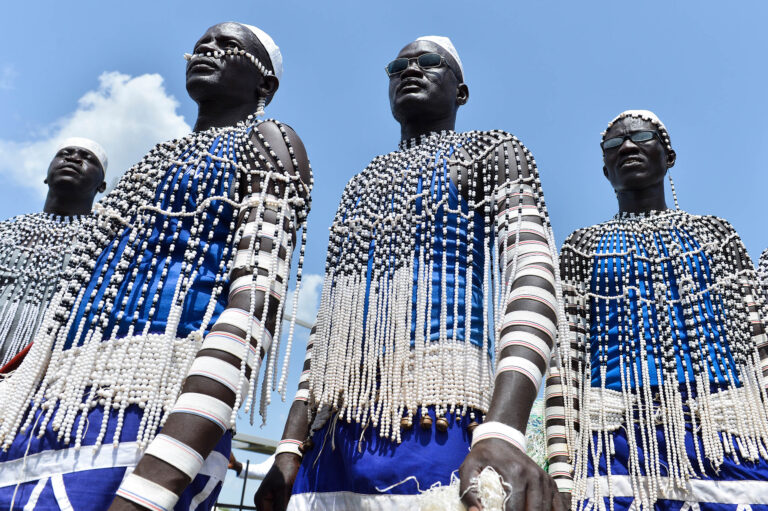
South Sudan, marred by ongoing war, grapples with a government widely perceived as corrupt. The lack of transparency and accountability exacerbates the challenges faced by its citizens.
3. Syria (CPI Score: 13)
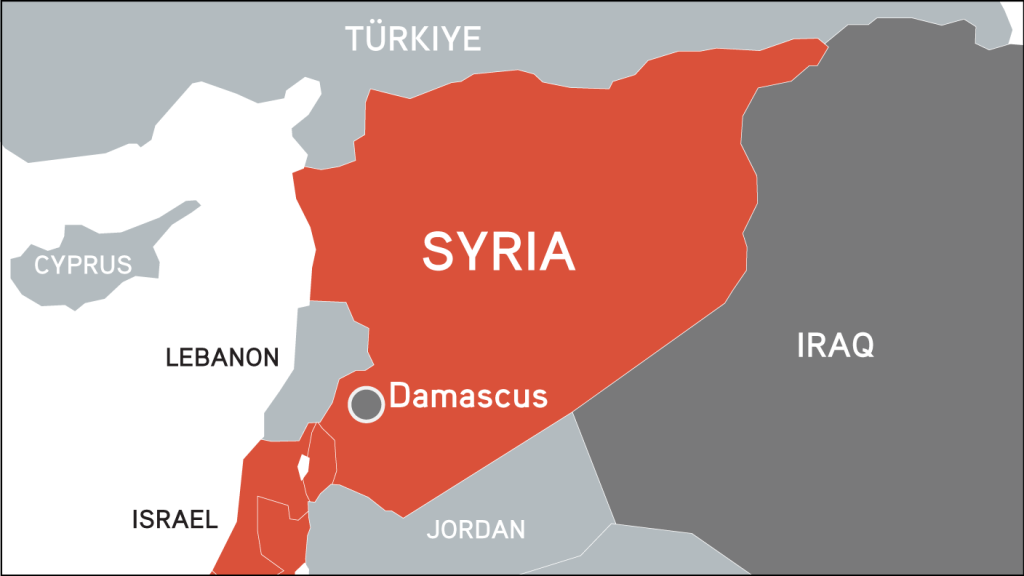
Syria’s prolonged civil war has created a breeding ground for corruption. With a government unable to provide essential services, the CPI score of 13 reflects the severity of the situation.
4. Venezuela (CPI Score: 14)
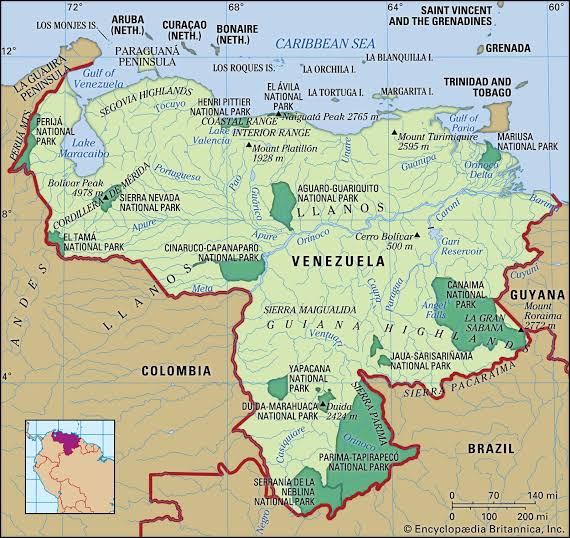
Venezuela’s economic and political crisis is compounded by widespread corruption accusations. The collapse of the economy further deepens the challenges faced by its citizens.
5. Yemen (CPI Score: 16)
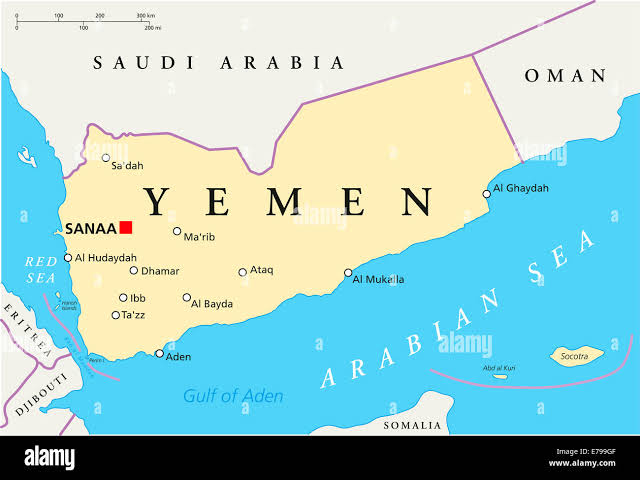
Ongoing civil war and a humanitarian crisis contribute to Yemen’s corruption woes. The government’s inability to provide basic services amplifies the suffering of the population.
6. North Korea (CPI Score: 17)

North Korea’s closed regime allows corruption to flourish unchecked. With a tight grip on all aspects of life, there is no accountability for human rights abuses.
7. Afghanistan (CPI Score: 19)
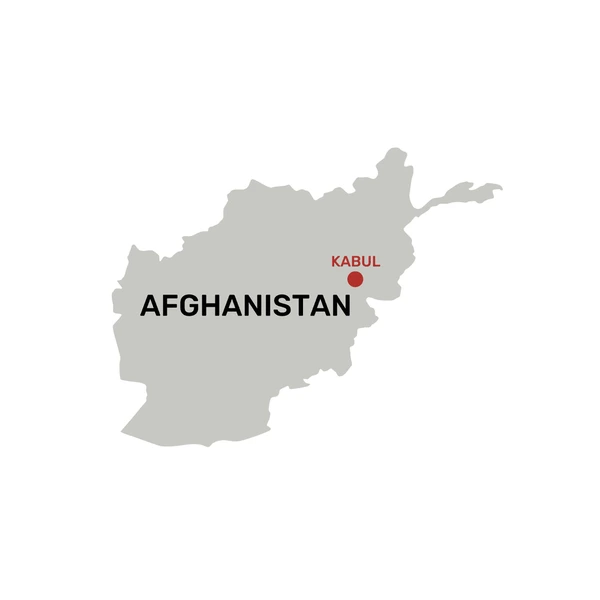
Afghanistan’s long history of conflict and instability is reflected in a weak and corrupt government. Rebuilding efforts struggle amidst these challenges.
8. Burundi (CPI Score: 19)
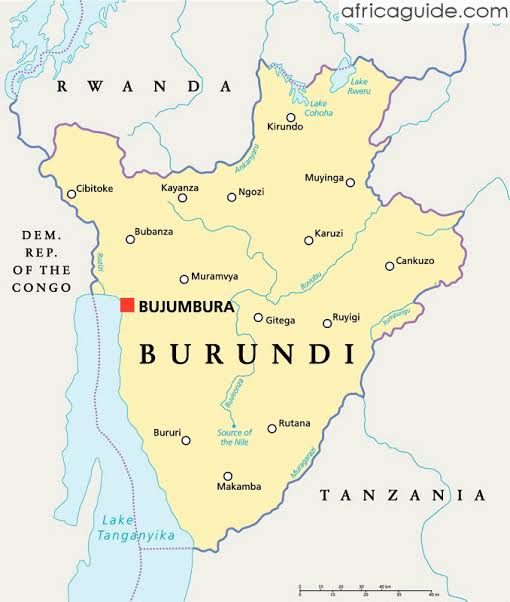
Burundi grapples with authoritarian tendencies and the repression of dissent. The CPI score of 19 underscores the struggle against corruption amid poverty and inequality.
9. Equatorial Guinea (CPI Score: 19)
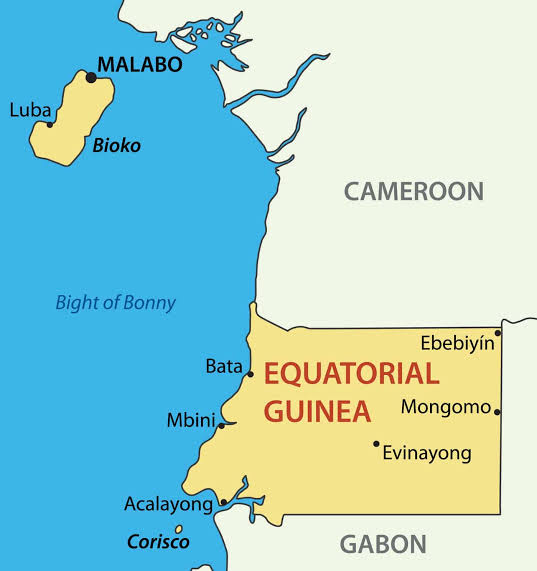
Despite being oil-rich, Equatorial Guinea faces economic mismanagement and widespread corruption. The CPI score reveals the misalignment between wealth and governance.
10. Guinea-Bissau (CPI Score: 19)

Struggling with poverty and instability, Guinea-Bissau’s CPI score reflects governmental weakness and an inability to combat corruption effectively.
11. Haiti (CPI Score: 19)
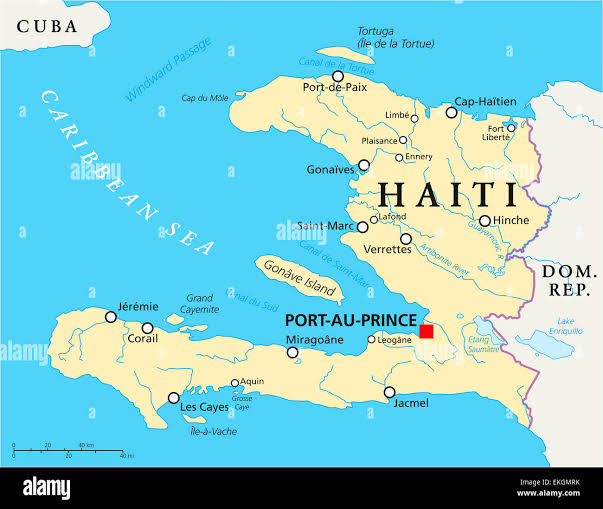
Recovering from a devastating earthquake, Haiti faces corruption challenges. The inability to provide basic services and a history of corruption contribute to its CPI score.
12. Libya (CPI Score: 17)
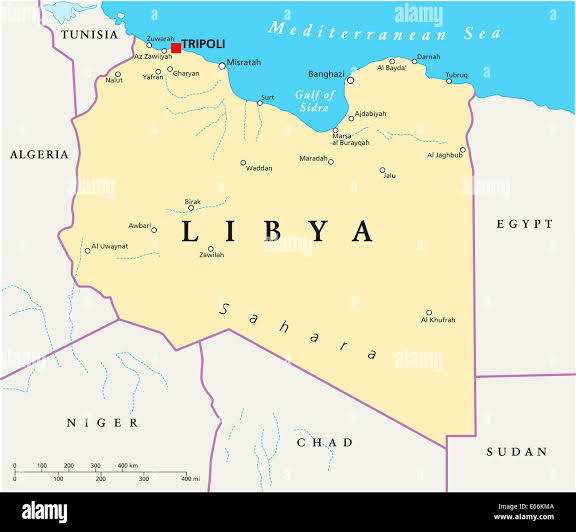
Post-civil war recovery in Libya is hindered by instability and weak institutions. The CPI score of 17 reflects the ongoing struggle to establish effective governance.
13. Nicaragua (CPI Score: 22)
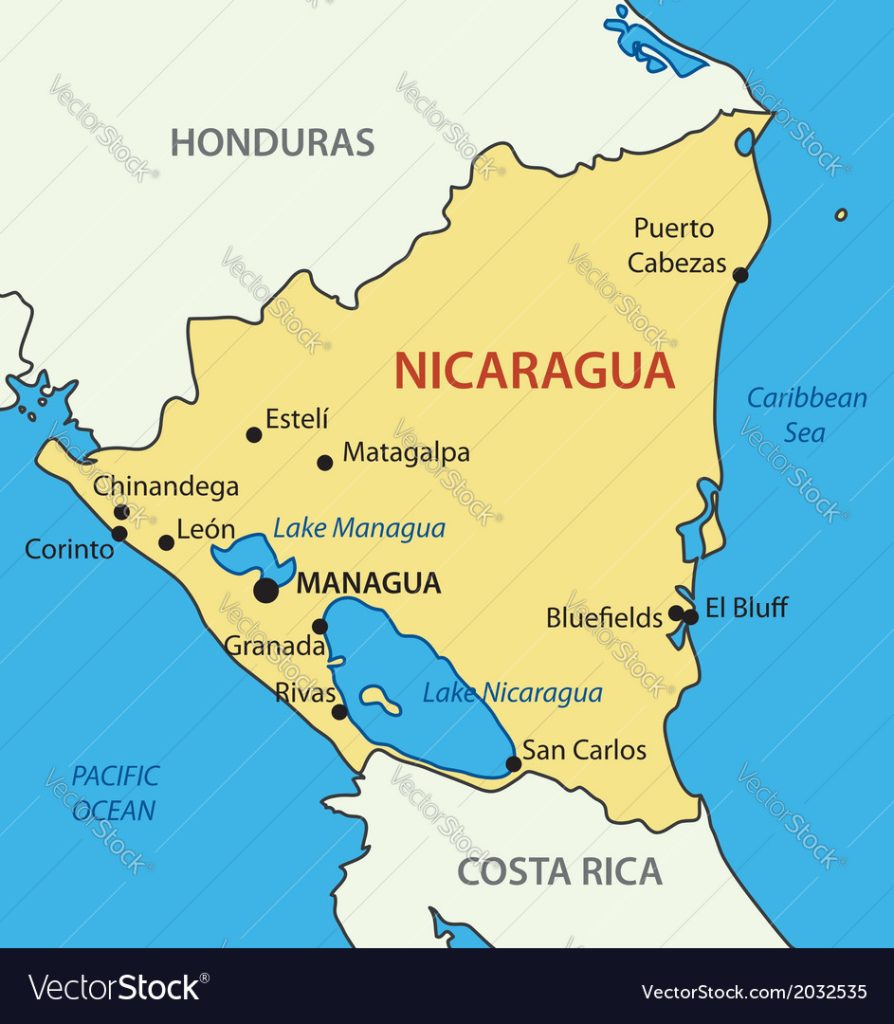
Nicaragua, with a history of authoritarian rule, faces corruption exacerbated by the government’s control over dissent and the media.
14. Turkmenistan (CPI Score: 19)

Turkmenistan’s highly repressive regime stifles dissent, contributing to a CPI score of 19 and an intolerance of opposition.
15. Democratic Republic of the Congo (CPI Score: 18)
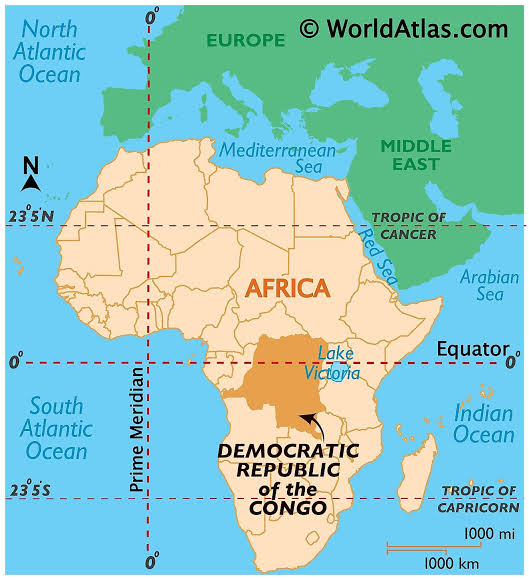
Rich in resources, the DRC struggles with conflict and poverty. The CPI score of 18 reflects the government’s weakness and challenges in providing basic services.
16. Sudan (CPI Score: 16)
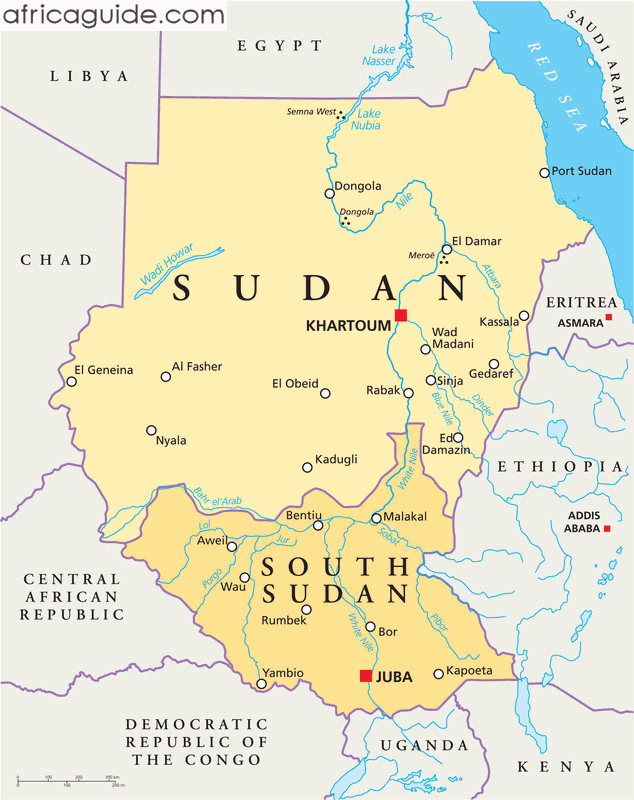
Recovering from civil war, Sudan’s CPI score of 16 reflects ongoing instability and institutional weakness.
17. Republic of the Congo (CPI Score: 19)
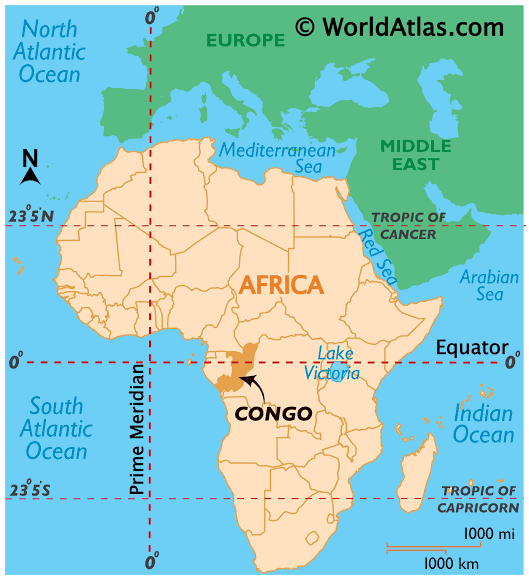
Rich in oil and minerals, the Republic of the Congo grapples with a CPI score of 19, revealing economic mismanagement and widespread corruption amid persistent poverty and inequality.
18. Comoros (CPI Score: 21)
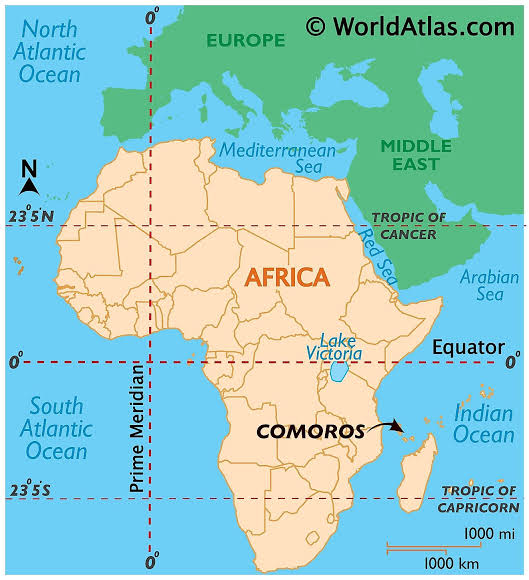
Struggling with poverty and instability, Comoros faces governmental weakness, contributing to its CPI score of 21 and an inability to combat corruption effectively.
19. Iraq (CPI Score: 21)
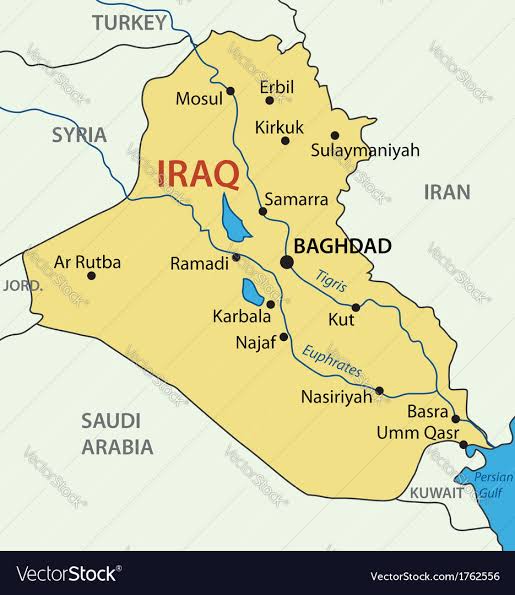
Recovering from two decades of war, Iraq’s instability and weak institutions contribute to a CPI score of 21. Challenges persist in building a transparent and accountable governance structure.
20. Chad (CPI Score: 21)
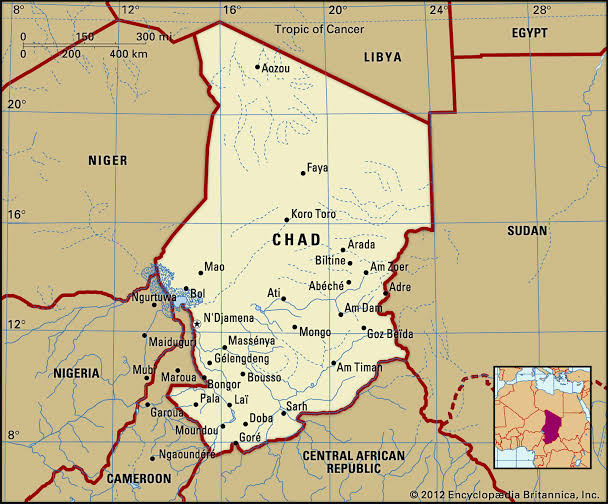
One of the world’s poorest nations, Chad’s CPI score of 21 highlights weak institutions and an inability to provide basic services to its citizens, further exacerbating corruption challenges.
Understanding the Corruption Perceptions Index (CPI): A Beacon in the Fight Against Corruption
The Corruption Perceptions Index (CPI), published annually by Transparency International, serves as a powerful instrument in gauging the perceived levels of corruption in countries around the world. This index not only brings attention to the prevalence of corruption but also plays a pivotal role in fostering accountability, promoting transparency, and advocating for systemic change. Let’s delve into how the CPI works and why it is a critical tool in the global fight against corruption.
How the CPI Works:
- Data Collection:
- The CPI relies on a meticulous data collection process, gathering insights from experts and business executives who are well-versed in the public sector of each country.
- These experts provide assessments of corruption levels within the government, judiciary, public sector, and law enforcement agencies.
- Multiple Data Sources:
- Transparency International aggregates data from multiple sources to ensure a comprehensive and accurate representation. These sources may include international organizations, research institutions, and reputable publications.
- Scoring System:
- Each country is assigned a CPI score on a scale from 0 to 100, with 0 indicating a highly corrupt nation and 100 representing a country perceived as entirely free from corruption.
- The higher the score, the lower the perceived level of corruption.
- Perception-Based:
- It’s crucial to note that the CPI focuses on perceptions of corruption rather than direct measurements. Perceptions are indicative of the trust citizens, businesses, and experts have in their respective countries’ public institutions.
- Global Comparison:
- The CPI allows for a global comparison, enabling countries to understand their standing in the international arena concerning corruption.
- It highlights both progress and areas that require attention, fostering healthy competition in the pursuit of transparent governance.
Why the CPI Matters:
- Global Accountability:
- The CPI serves as a global accountability tool, holding nations to a standard of transparency and ethical governance.
- It encourages countries to address corruption head-on, fostering an environment conducive to sustainable development.
- Policy Advocacy:
- Governments and advocacy groups utilize the CPI as a basis for formulating and advocating for anti-corruption policies.
- The index sheds light on the areas where improvement is needed, guiding policymakers in crafting effective strategies.
- Investor Confidence:
- Investors often consult the CPI when making decisions about foreign direct investment. A low corruption perception score may deter investments, while a higher score can enhance a country’s appeal to investors.
- Civil Society Empowerment:
- The CPI empowers civil society by providing concrete data to support their efforts in holding governments accountable.
- Advocacy groups and citizens can leverage CPI findings to demand transparency, accountability, and systemic reforms.
Conclusion:
Corruption remains a formidable global challenge, but through a comprehensive and collaborative approach, significant progress can be achieved. Understanding the unique struggles faced by each country, as highlighted by the CPI, and embracing collective action, we can work towards a future where corruption is minimized, institutions are fortified, and societies flourish in transparency and accountability.
Please note: This blog post is based on information from the Transparency International Corruption Perceptions Index 2023. The information provided is for general informational purposes only and should not be considered legal advice.
